aussiearef
TPF Noob!
- Joined
- Jul 1, 2012
- Messages
- 21
- Reaction score
- 1
- Location
- Australia
- Can others edit my Photos
- Photos OK to edit
Hi Guys,
I just read a post about portrait photography on the beach. In that post some have recommended to use spot metering. I have two questions regarding this:
1- If we shoot at mid-day which is super bright, and the subject's back is facing the sun. If we use spot metering to meter the face's light, won't the background be super bright and kind of blown out?
2- How to meter when we photograph more than one person? say a family. which spot should be metered?
thanks
I just read a post about portrait photography on the beach. In that post some have recommended to use spot metering. I have two questions regarding this:
1- If we shoot at mid-day which is super bright, and the subject's back is facing the sun. If we use spot metering to meter the face's light, won't the background be super bright and kind of blown out?
2- How to meter when we photograph more than one person? say a family. which spot should be metered?
thanks



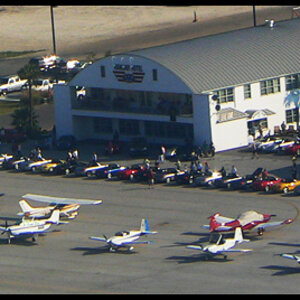
![[No title]](/data/xfmg/thumbnail/36/36966-71220579619c9a335442302fce0e57aa.jpg?1619737842)
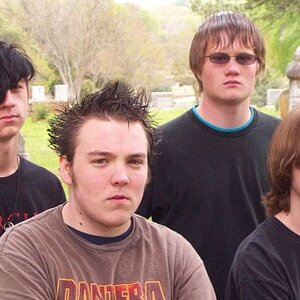
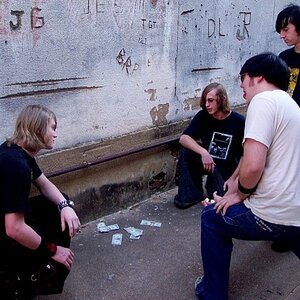
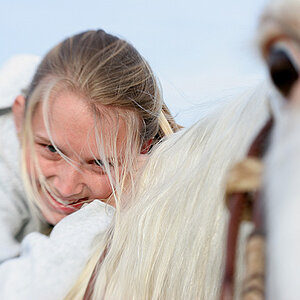
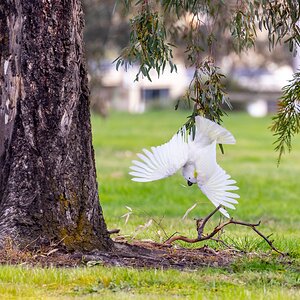
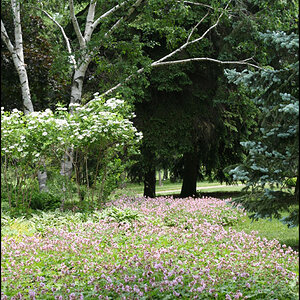
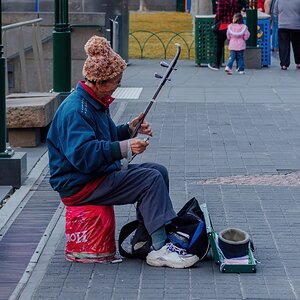
![[No title]](/data/xfmg/thumbnail/34/34688-a1ead83a3067b449d62078d1170e00f6.jpg?1619736603)
![[No title]](/data/xfmg/thumbnail/34/34691-2fa9779b0e77f698b193a633b9242553.jpg?1619736604)
